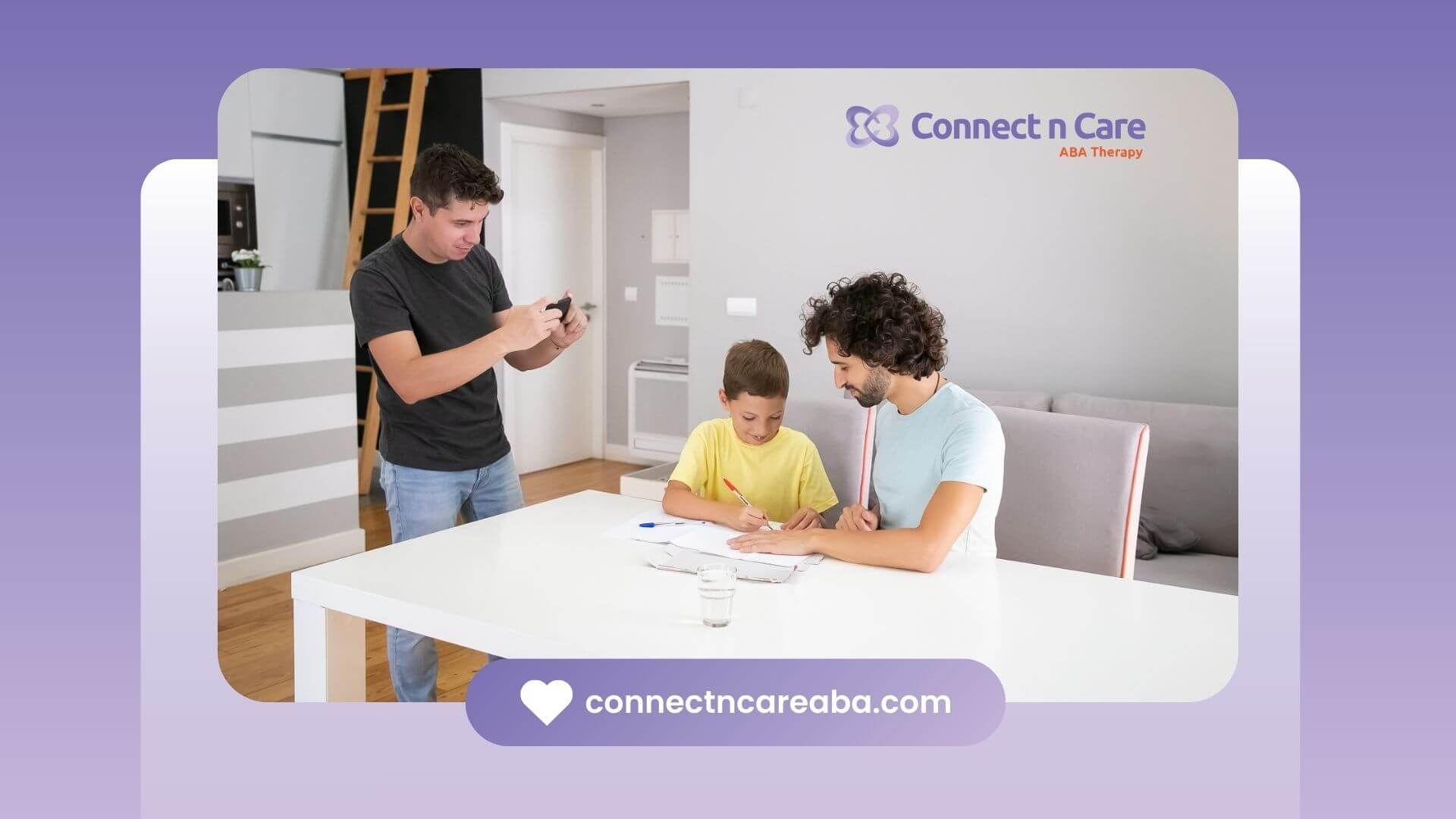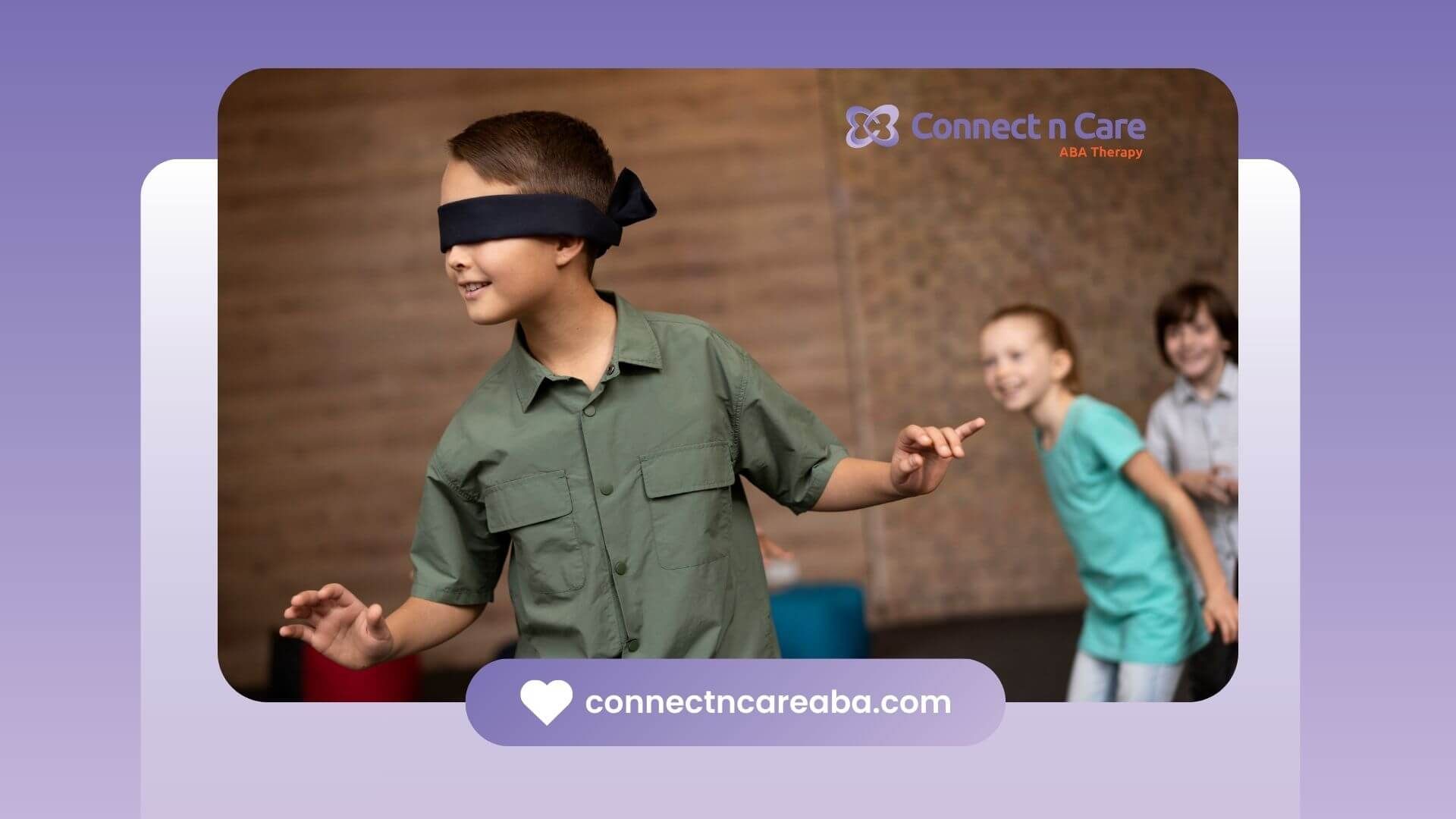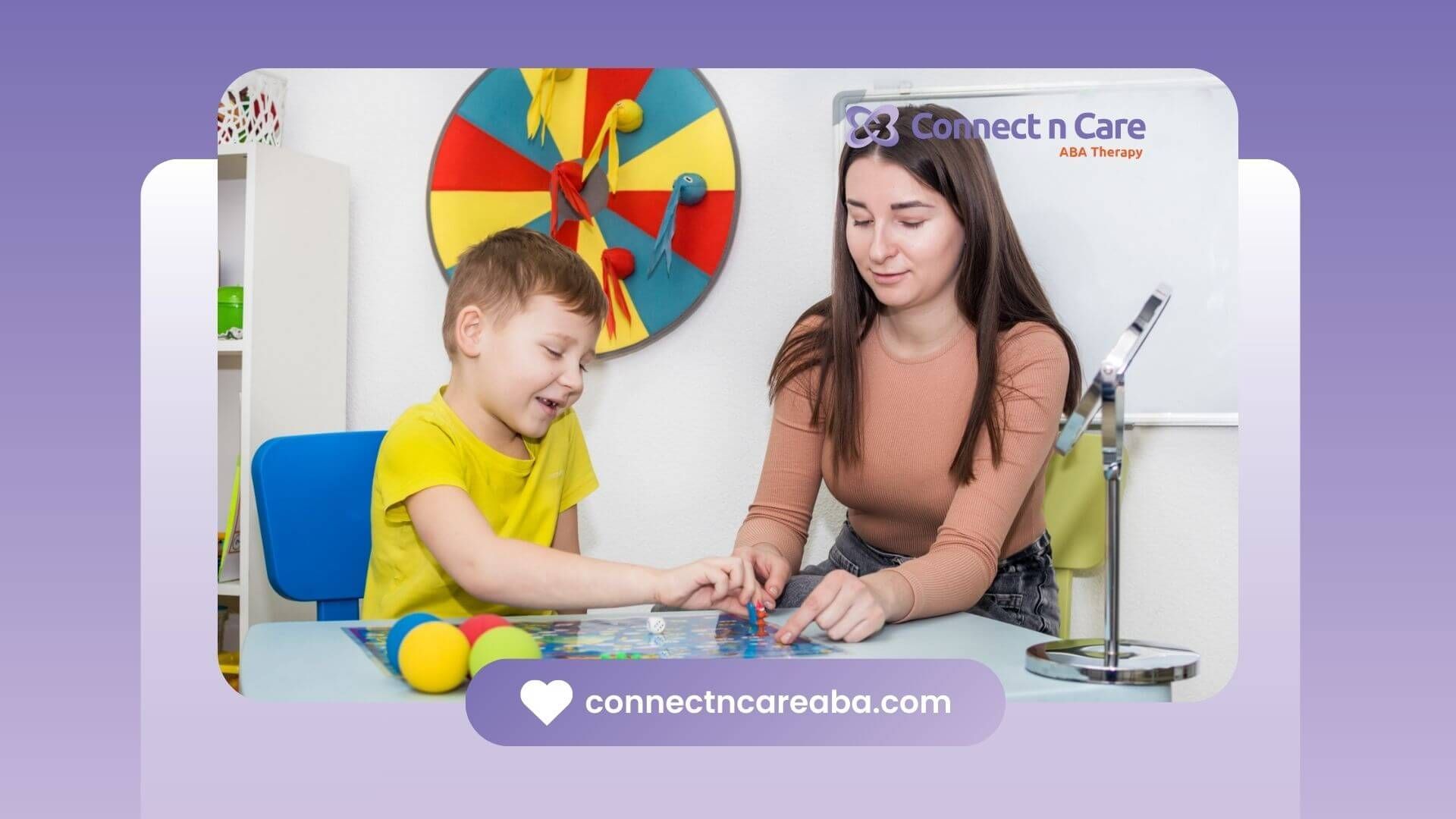Key Highlights
- The brains of autistic individuals exhibit significant neuroanatomical differences, affecting various brain regions.
- Studies reveal patterns of both over-connectivity and under-connectivity in different parts of the brain, which impacts communication between regions.
- Autistic individuals experience unique sensory processing variations, influencing behaviors and their perception of the environment.
- Emotional regulation, including interpreting social cues, is closely linked to changes within the amygdala.
- Advanced imaging technologies such as magnetic resonance imaging (MRI) have provided groundbreaking insights into the structure and function of autistic brains.
The brain of someone with autism isn’t just “wired differently” — it’s structured and functions in ways that are still being studied by scientists. While each individual’s experience with autism is unique, the common thread is the distinct neuroanatomical differences that shape their world.
I’ve had the privilege of working with children whose sensory experiences and emotional responses have helped me see just how profound these differences can be.
One of my past clients in home-based ABA therapy, a young boy, struggled with sensory overload when transitioning from a quiet room to a busy, noisy hallway. Understanding how his brain was processing these sensory inputs was a pivotal moment in our work together.
In this article, we'll explore key insights into how the brains of autistic individuals differ from neurotypical brains and how these differences impact behavior and experiences.
Understanding the Structure of Autistic Brains
The structure of an autistic brain doesn’t follow the same growth pattern as that of a neurotypical brain.
Researchers are uncovering fascinating differences in brain development, but it's clear that neuroanatomical variations play a huge role in the challenges autistic individuals face.
The Brain's Development and Key Differences
In my work, I’ve observed how differences in brain development can manifest in behaviors like repetitive actions or social difficulties. Studies show that certain brain regions, such as the cortex and amygdala, are involved in these traits.
For instance, the cortex—the outer layer of the brain—develops differently in autistic individuals. These changes can result in uneven thickness, impacting everything from motor skills to cognitive abilities.
Using advanced tools like MRI scans, scientists have mapped these differences, showing that the way brain areas connect may not be the same in autistic individuals.
These structural differences are thought to contribute to some of the core features of ASD, such as sensory sensitivities and difficulties with social interaction.
Key Neuroanatomical Differences
Brain Structure: What’s Different?
MRI studies reveal that certain parts of the brain, like the amygdala and hippocampus, tend to be larger in young autistic children. As these children grow into adulthood, however, the pattern shifts—some areas shrink, and nerve cell density decreases.
These changes can have a direct impact on social and emotional processing, which is why many autistic individuals struggle to interpret social cues or regulate emotions effectively.
From an ABA therapist's perspective, these brain differences explain why certain interventions can help improve social behaviors and emotional regulation. For instance, when a child has difficulty recognizing facial expressions or understanding tone of voice, these may be linked to the changes in the amygdala's size and function.
This is paragraph text. Click it or hit the Manage Text button to change the font, color, size, format, and more. To set up site-wide paragraph and title styles, go to Site Theme.
How do autistic brains process information differently?
Autistic individuals have different connectivity in their brains. MRI scans show that there is more short-range connectivity but less connection between distant brain regions. This change in the way the brain works has effects on their thinking and on how they process information. It can also change the way they deal with language, sensory inputs, and feelings. These shifts in brain rhythms help explain why their style of processing things can be different.
Can therapies change brain structure or connectivity in autism?
Therapies for autism mostly try to help people do better in daily life, not change the way the brain is made. These treatments work on improving how different parts of the brain connect and talk to each other. The goal is to boost the quality of life for those who have autism. Cognitive or behavioral methods help people manage their daily tasks and problems. Future studies will look for new ways to improve brain connectivity even more.
Are there strengths associated with autistic brain differences?
Yes, there are differences in the brains of autistic people, and these can give them great strengths. Some subgroups do very well at complex tasks. They are often strong with detail-focus, pattern recognition, and working things out in an analytical way. More research is showing that these strengths come from how their brains work in different ways.
Sources:
- https://pmc.ncbi.nlm.nih.gov/articles/PMC4688328/
- https://www.thetransmitter.org/spectrum/brain-structure-changes-in-autism-explained/
- https://www.thetransmitter.org/spectrum/autism-brain-signature-most-pronounced-in-sensory-areas/
- https://www.nature.com/articles/s41398-020-00921-3
- https://www.healthcentral.com/condition/autism/autism-brain-differences
- https://medicine.yale.edu/news-article/a-key-brain-difference-linked-to-autism-is-found-for-the-first-time-in-living-people/









